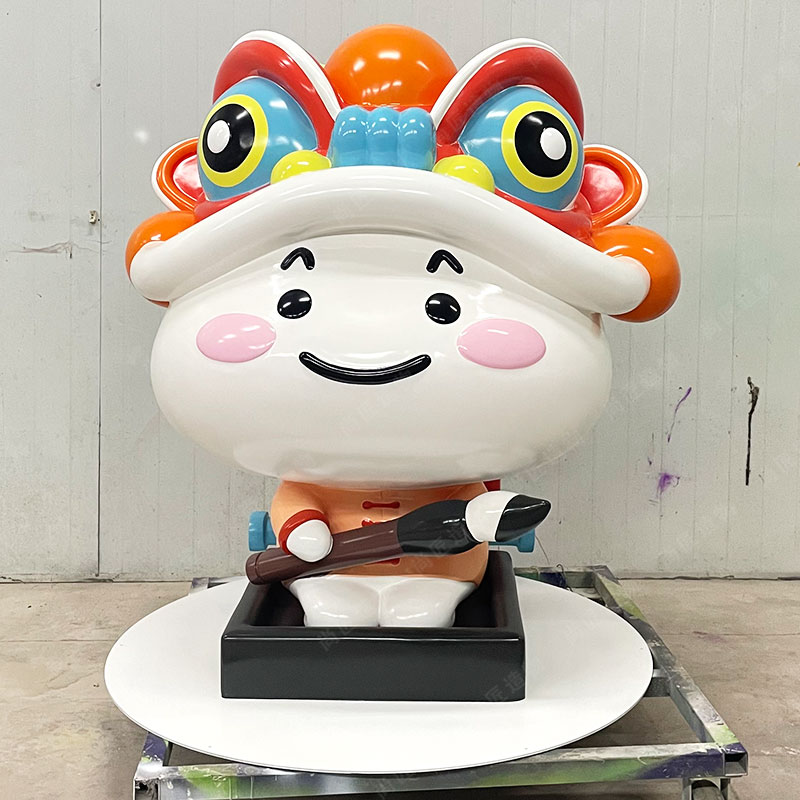Key Takeaways
Kinetic metal sculptures bridge industrial aesthetics with artistic fluidity, creating dynamic interactions between rigid materials and organic motion. These works challenge traditional notions of sculpture by integrating principles of physics—such as torque, equilibrium, and air resistance—to achieve self-sustaining movement. Unlike static installations, they engage viewers through evolving spatial relationships, where polished steel or oxidized copper surfaces reflect light differently as components rotate or sway.
"The magic lies in making cold metal breathe," notes sculptor Lina Torretti, whose wind-powered installations demonstrate how calibrated weight distribution enables seamless motion. A practical tip for aspiring creators: start with modular designs to test balance adjustments before finalizing large-scale pieces.
Emerging trends emphasize hybrid forms combining laser-cut aluminum patterns with programmable motorized elements, expanding kinetic possibilities beyond natural forces like wind. Such innovations highlight how mechanical precision and artistic intuition coexist in this medium, inviting audiences to reconsider boundaries between engineering and expression.
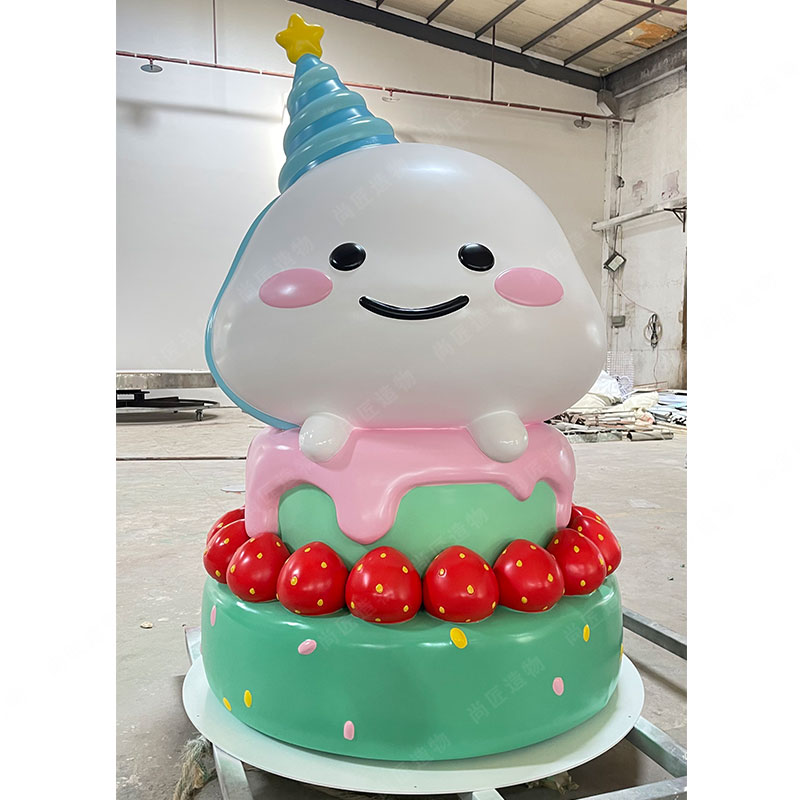
Kinetic Metal Sculptures Transform Spaces
Kinetic metal sculptures redefine environments by merging structural precision with organic motion. These artworks, often crafted from stainless steel or weathered iron, employ carefully engineered pivots and counterweights to create seamless, self-sustaining movement. In public squares or corporate lobbies, their rotating forms interact with natural elements like wind or light, casting shifting shadows or emitting subtle metallic harmonies. Unlike static installations, their dynamic nature invites continuous engagement, transforming sterile areas into hubs of sensory curiosity.
The interplay of rigid industrial materials and fluid motion challenges traditional perceptions of metal as unyielding. For instance, a sculpture might feature angular steel plates that pivot gracefully, mimicking aquatic rhythms. This duality resonates in spaces where functionality meets creativity—airports, galleries, or urban parks. While kinetic art has historical roots, modern iterations prioritize minimal maintenance and environmental adaptability, ensuring longevity in diverse settings.
Cartoon sculpture traditions often emphasize fixed narratives, but kinetic metal works thrive on ambiguity, allowing viewers to interpret motion patterns uniquely. By occupying transitional zones—stairwells, atriums, or garden pathways—they act as mediators between architectural rigidity and human spontaneity, proving that metal can embody both strength and delicacy.
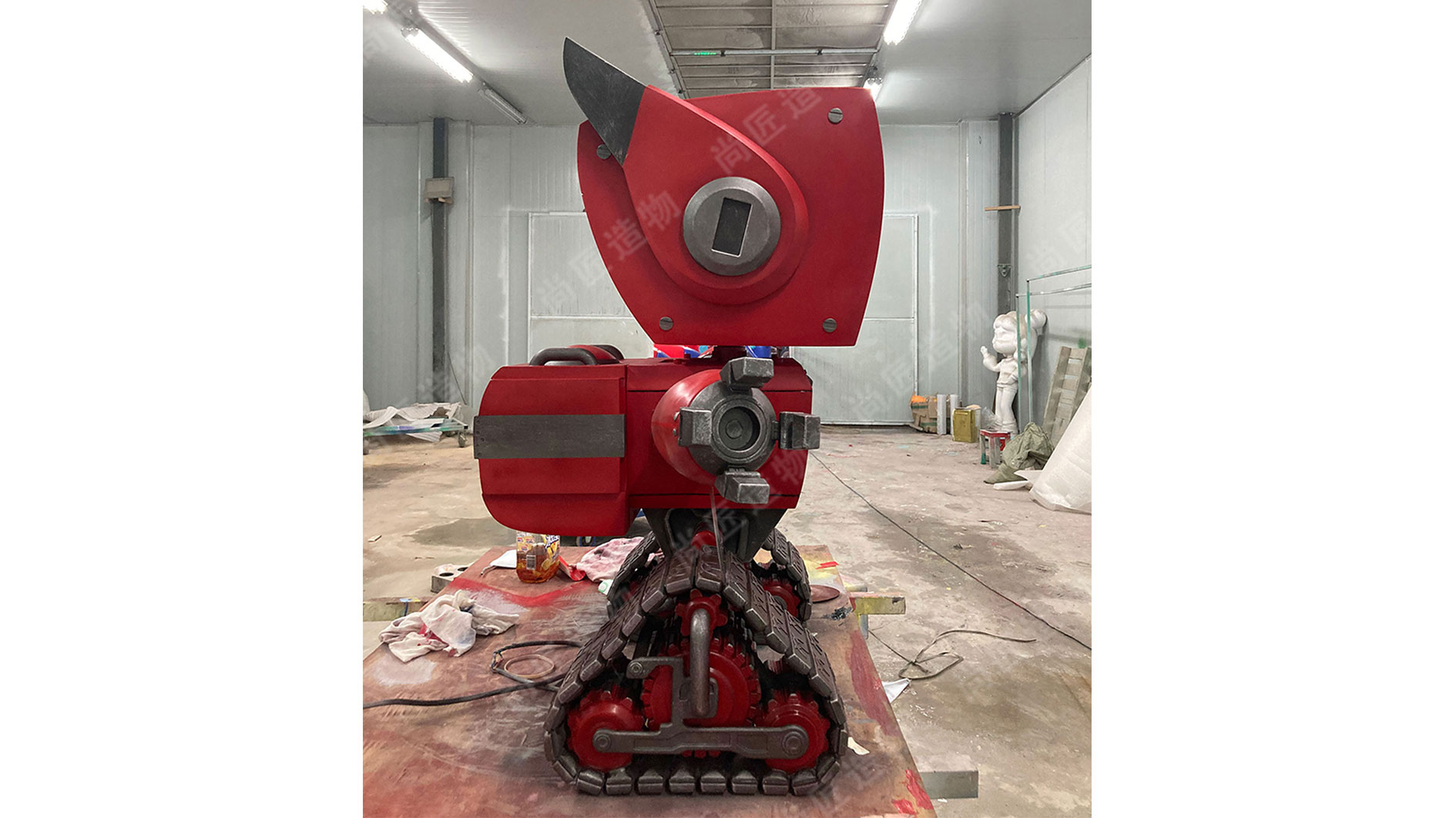
Industrial Materials Meet Fluid Motion Art
The fusion of industrial-grade metals with principles of fluid dynamics challenges traditional notions of sculpture. Artists employ stainless steel, aluminum, and weathered iron—materials typically associated with machinery—to create kinetic works that mimic organic movement. For instance, realistic sculpture techniques, often static, contrast sharply with kinetic metal art’s reliance on pivoting joints and weighted counterbalances.
| Material | Motion Type | Aesthetic Effect |
|---|---|---|
| Stainless Steel | Rotational Swirls | Reflective, Hypnotic |
| Cor-Ten Iron | Pendulum Swings | Rust-Patina Contrast |
| Anodized Aluminum | Vertical Oscillations | Lightweight, Ethereal |
This interplay between rigidity and motion relies on precise engineering. Steel plates, laser-cut into helical shapes, rotate on motorized axles, while suspended iron rods sway in response to air currents. The result is a paradox: cold, industrial substances evoke sensations of liquidity and unpredictability. Unlike static monuments, these sculptures evolve with their environments—wind speed, temperature shifts, or viewer proximity alter their rhythms.
Advances in computational modeling enable artists to predict material stress points, ensuring durability without sacrificing grace. Such innovations bridge the gap between factory production and studio craftsmanship, positioning kinetic metal art as a dialogue between industrial pragmatism and artistic experimentation.
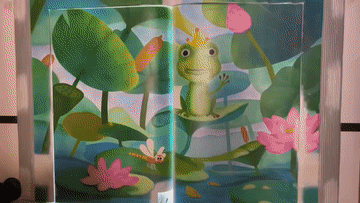
Mechanical Balance Redefines Kinetic Sculptures
By combining precise engineering with artistic intuition, contemporary sculptors leverage mechanical balance to create kinetic metal artworks that defy static expectations. Unlike traditional sculptures anchored by rigid foundations, these pieces employ counterweights, pivots, and asymmetrical geometries to achieve equilibrium through motion. For instance, stainless steel sculpture designs often integrate rotating joints that respond to air currents, allowing forms to shift while maintaining structural integrity. This principle transforms industrial materials like steel and aluminum into dynamic systems where tension and gravity interact organically.
Artists such as George Rickey pioneered this approach by calibrating component weights to enable seamless rotations, proving that balance need not equate to stillness. Modern adaptations extend this philosophy, using computational modeling to predict how angular momentum and friction influence movement patterns. In practice, a sculpture’s "resting" state becomes fluid—its parts perpetually adjusting to environmental stimuli without collapsing. This redefinition of balance challenges viewers to perceive stability as an active process rather than a fixed condition, aligning with broader trends in kinetic art that prioritize interaction over permanence.
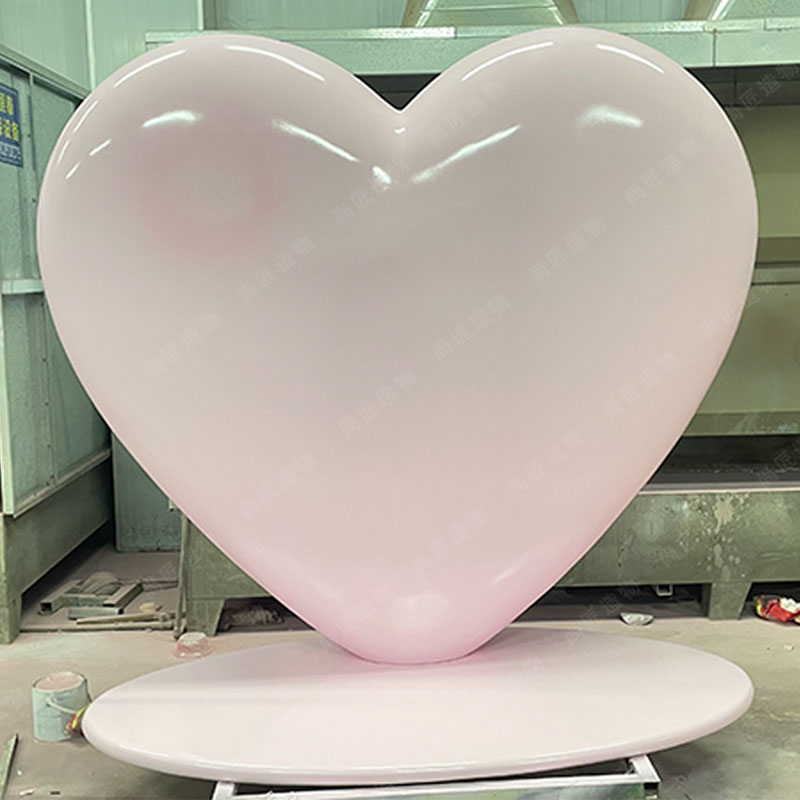
Hypnotic Movement in Modern Metal Artworks
The allure of kinetic metal sculptures lies in their ability to transform rigid industrial materials into vessels of rhythmic motion. Artists achieve this hypnotic effect by engineering precise pivot points, counterweights, and airflow-responsive elements that respond to environmental forces. A stainless-steel helix might rotate imperceptibly under ambient air currents, while an aluminum pendulum system sways with gravitational precision, creating patterns that hold viewers in silent fascination.
At the core of this phenomenon is the interplay between calculated mechanics and organic unpredictability. For instance, IP character sculpture designs often incorporate modular joints that allow sections to shift independently, generating cascading movements resembling natural waveforms. This engineered fluidity challenges perceptions of metal as static, instead framing it as a medium capable of mimicking biological rhythms or celestial orbits.
Such works leverage metallurgical properties—like titanium’s strength-to-weight ratio or copper’s malleability—to balance structural integrity with motion range. The resulting choreography transcends mere visual appeal, triggering subconscious responses tied to humanity’s innate fascination with cyclical patterns, from ocean tides to planetary rotations. As these sculptures oscillate between order and chaos, they become meditative instruments, their metallic whispers narrating stories of tension, harmony, and perpetual transformation.

Spatial Dynamics Through Kinetic Metal Forms
Kinetic metal sculptures reshape environments by integrating motion with structural precision. Unlike static installations, these works engage viewers through shifting planes, rotating elements, and oscillating geometries that alter spatial perception. Artists often use materials like stainless steel, aluminum, or bronze—substances chosen for durability and capacity to reflect light—enhancing the interplay between form and movement. For instance, a helix rotating on a tensioned axis creates illusions of weightlessness, while suspended panels swaying in air currents transform empty corridors into dynamic fields.
The engineering behind such pieces prioritizes mechanical balance, where counterweights and pivot points enable seamless transitions between stability and motion. This technical rigor ensures sculptures maintain harmony even during unpredictable interactions, such as shifts in wind or human touch. Notably, Fiberglass sculpture techniques occasionally complement metal frameworks, offering lighter alternatives for intricate kinetic components. By merging industrial resilience with rhythmic patterns, these artworks challenge traditional boundaries, inviting audiences to reconsider how occupied spaces can evolve through engineered artistry.
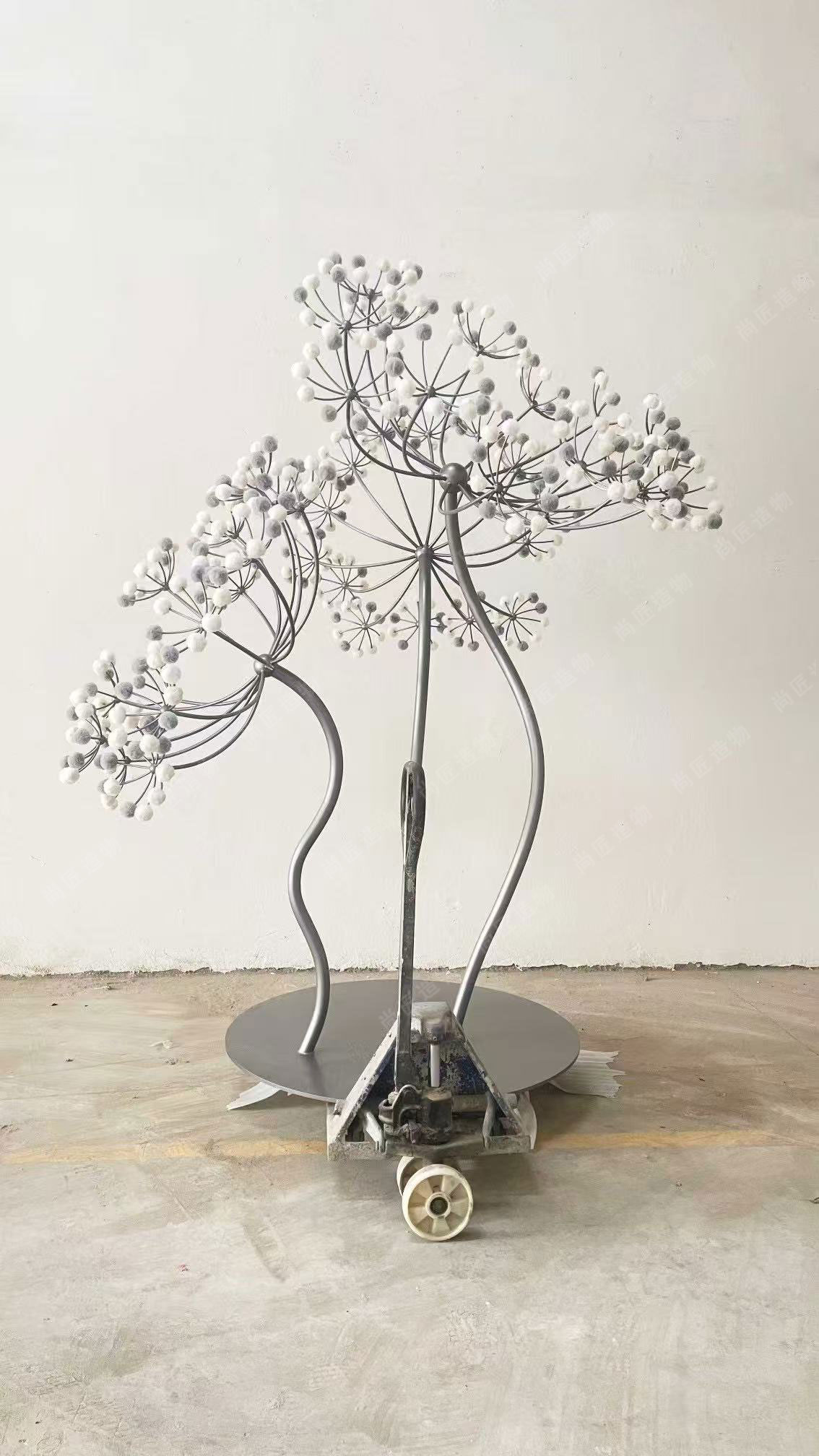
Innovating Sculpture with Kinetic Metal Design
Kinetic metal sculptures represent a bold departure from traditional static forms, merging engineering precision with artistic vision. By integrating mechanical systems into metalwork, artists create pieces that respond to environmental forces like wind or human interaction, transforming rigid materials into dynamic expressions. This approach relies on advanced fabrication techniques—such as laser cutting and modular assembly—to ensure seamless motion without compromising structural integrity. For instance, balanced hinges and counterweights enable suspended components to sway rhythmically, while polished surfaces reflect light in shifting patterns.
The use of industrial-grade metals, such as stainless steel or aluminum alloys, allows these sculptures to endure outdoor conditions while maintaining fluid movement. Artists often employ geometric shapes and asymmetric designs to amplify visual tension, guiding viewers’ eyes along unexpected pathways. By blending principles of physics with aesthetics, kinetic metal art challenges perceptions of weight and permanence, inviting audiences to reconsider how art interacts with its surroundings. As technology advances, innovations like programmable motors and sensor-activated mechanisms are expanding possibilities for interactive installations, bridging the gap between craftsmanship and digital innovation.
Future Trends in Kinetic Motion Artistry
As kinetic metal art evolves, artists are experimenting with advanced technologies to push boundaries in motion-driven design. Emerging trends point toward integrating smart materials, such as shape-memory alloys or lightweight composites, which respond dynamically to environmental stimuli like temperature shifts or airflow. These innovations allow sculptures to achieve self-sustaining motion patterns without manual intervention, creating ever-changing visual narratives.
Another focus lies in interactive installations that engage audiences through motion sensors or AI-driven systems. By blending mechanical precision with digital interfaces, artists can tailor kinetic responses to viewer proximity or gestures, deepening the connection between art and observer. Sustainability also plays a growing role, with creators prioritizing recycled metals and energy-efficient mechanisms to align with eco-conscious values.
Collaborations between sculptors and engineers are becoming more frequent, fostering hybrid designs that balance artistic vision with structural innovation. This interdisciplinary approach may lead to large-scale public installations where kinetic forms adapt to urban environments, transforming plazas or buildings into living art experiences. While rooted in traditional metalworking techniques, the future of kinetic motion artistry hinges on reimagining how movement, material, and space interact in an increasingly connected world.
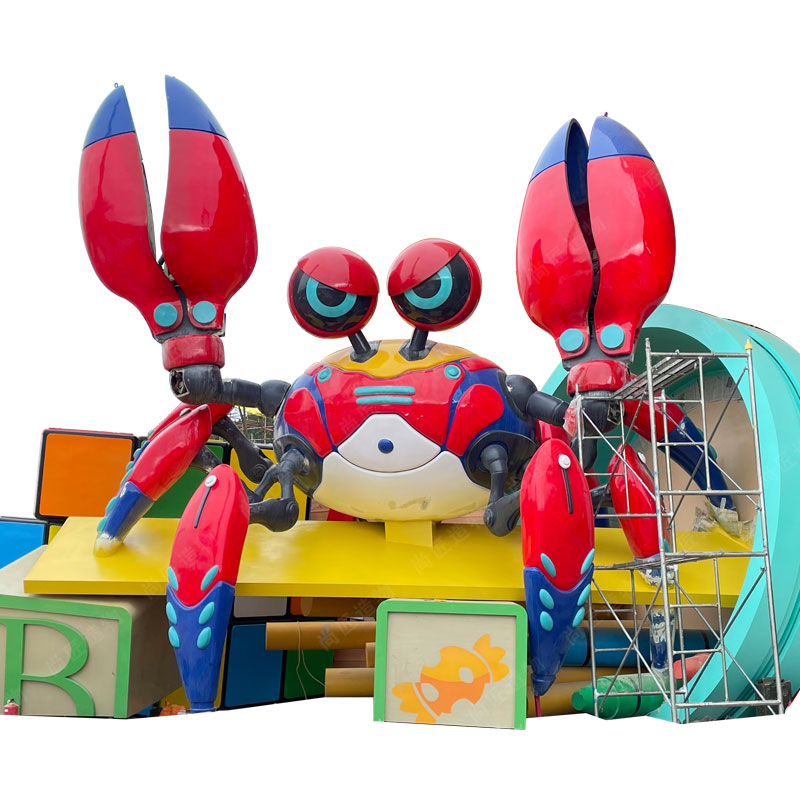
Metal Art Fusion: Kinetic and Industrial Aesthetics
The interplay between kinetic motion and industrial aesthetics reshapes how metal art engages with its environment. By incorporating materials like steel, aluminum, and copper, artists merge the raw, functional qualities of industrial design with the fluidity of kinetic sculptures. Welded joints, riveted surfaces, and polished finishes highlight the material’s inherent strength, while precisely engineered pivots and counterweights introduce unexpected grace. This duality creates dynamic tension—rigid forms appear to defy their own weight, and geometric shapes shift in rhythmic patterns.
Advances in fabrication techniques, such as laser cutting and 3D modeling, allow for tighter integration of mechanical systems within sculptural forms. For instance, rotating panels on a stainless-steel structure might mimic the motion of wind-driven turbines, blending industrial symbolism with natural movement. The result is art that not only reflects modern manufacturing’s precision but also evokes organic flow. Such works often occupy public spaces, where their interaction with light and wind amplifies their kinetic qualities, transforming static installations into ever-changing visual narratives.
This fusion extends beyond materials to conceptual themes, questioning boundaries between machinery and artistry. As viewers observe gears turning or panels swaying, they witness a dialogue between human innovation and the laws of physics—a reminder that even the most rigid systems can harbor fluidity.
Conclusion
Kinetic metal sculptures exemplify how industrial materials can transcend their utilitarian origins to embody dynamic artistry. By integrating principles of fluid motion and mechanical balance, these works challenge static perceptions of sculpture, inviting viewers to engage with ever-shifting forms. As demonstrated throughout this exploration, the interplay between rigid metals and rhythmic movement creates spatial dialogues that redefine environments—whether public installations or private collections.
Looking ahead, advancements in engineering and material science may expand possibilities for kinetic expression, merging sustainability with innovation. However, the core appeal remains rooted in the hypnotic tension between structure and motion—a testament to humanity’s enduring fascination with balance in both art and science. This evolution not only reflects contemporary aesthetics but also preserves the timeless allure of watching cold, hard metal breathe with unexpected life.
FAQs
What defines a kinetic metal sculpture?
Kinetic metal sculptures incorporate moving parts powered by wind, motors, or manual interaction. These artworks emphasize balance, motion, and the interplay between rigid industrial materials like steel and dynamic forces.
How do kinetic sculptures interact with their surroundings?
They transform static spaces by creating shifting shadows, rhythmic patterns, and unexpected visual rhythms. The movement invites viewers to engage with the artwork differently as it evolves over time.
Are these sculptures durable outdoors?
Most use weather-resistant metals like stainless steel or aluminum, treated to withstand corrosion. Engineers and artists collaborate to ensure structural integrity while maintaining fluid motion in varying conditions.
Can kinetic sculptures be customized for specific spaces?
Yes. Artists often design site-specific pieces that respond to architectural features, light sources, or environmental factors like wind flow, ensuring the work harmonizes with its intended location.
What trends are emerging in kinetic metal art?
Recent innovations include hybrid designs blending digital sensors with traditional metalwork, allowing sculptures to react to human presence or environmental changes in real time.
Do kinetic sculptures require maintenance?
While built for longevity, moving components may need occasional lubrication or calibration. Many artists provide care guidelines to preserve both functionality and aesthetic appeal.
 ch
ch English
English

